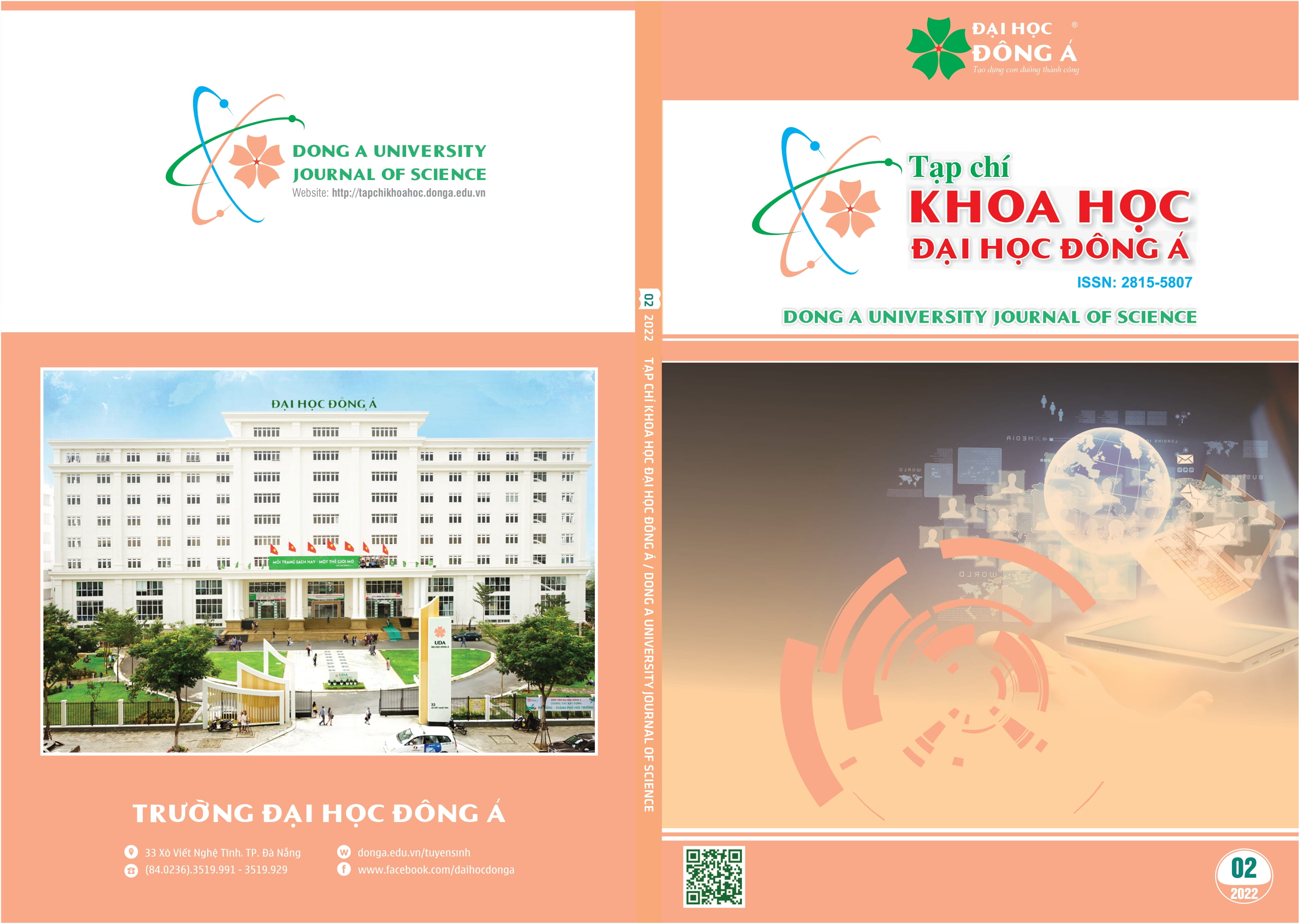Catholic Personages and Their Involvement in the Nguyen Restoration
Main Article Content
Abstract
Historians of the Nguyen dynasty frequently recount the historic encounter between the future Emperor Gia Long and Bishop Pierre Joseph Migneau[x] de Béhaine when the bishop accepted the diplomatic task to bring the Crown Prince Canh to France in 1783. Nevertheless, the historiography has not yet shown the exact timeline of their earlier interactions that ultimately led to this well-known embassy. Some scholarships vaguely offer a wide range from a few months to eight years for this pre-1783 episode. This article takes on this unfinished work. This research does not only establish the chronological development in relationship between the young Nguyen lord and the French missionary prior to that famous event but also uncovers a network of Catholic loyalists to the Nguyen. However, the identification of these high profiles members is in the realm of high plausibility rather certainty because many of them hid their religious affiliation during the height of fierce persecution under the reign of Minh Mang. Nevertheless, when we cross check dynastic sources with letters from missionaries and accounts in local history, we can identify a number of these personages. Many of these converts were members of the royal clan, mandarins, and indigenous clergy. The naming of these secret converts implies a shift in the political landscape of Vietnam since the late eighteenth century. The local Catholic community evolved from being an invisible minority to a visible minority when high politics became increasingly Catholic.
Article Details
Keywords
Long Ho battle, invisible minority, visible minority, Bangkok merit ministers, local memoirs
References
Alexander Barton Woodside (1971). Vietnam and the Chinese Model. Cambrige, Mass.: Harvard University Press.
Cao Thế Dung (2002). Việt Nam Công giáo sử tân biên, quyển II, “Thời Phát triển và Bách đạo”. Gretna: Cơ sở Truyền thông Dân Chúa.
Catherine Marin (1999). Le Role des Missionnaires Francais en Cochinchine aux XVII et XVIII siècles. Paris: Églises D’Asie.
François Jaccard (1831). “Lettre de M. Jaccard, miss. en Cochinchine, à M. Langlois, supérieur du séminaire des Missions étrangères”, Annales de l’Association de la propagation de la foi 5, 404-407.
Jacques Liot (1797). “Lettre de Mons. Liot, Missionionaire Apostolique de Cochinchine à MM. Boiret et Descourvieres, Lettres édifiantes et curieuses, Londres: J. P. Cochlan.
Jean Felix Onésime Luquet (1842). Lettres a Mgr l’Évêque de Langres sur la Congrégation des Missions Étrangères. Paris: Gaume Frères.
Keith W. Taylor (2013). A History of the Vietnamese. Cambrige: Cambridge University Press.
L. Sogny (1914). “Les associes de gauche et de droite au culte du The Miêu”, Bulletin des amis du vieux Hué, vol. 1, no. 2 (Avril - Juin), 121-144.
L’Institute de recherche France-Asie. “Pierre Joseph Pigneaux de Béhaine”, https://www.irfa.paris/fr/fiches-individuelles/pigneaux-de-ba-c-haine. Truy cập ngày 5.10.2020.
Léopold Miche Cardière (1926). “Les Français au service de Gia-Long: Nguyễn Ánh et la mission, documents inédits”, Bulletin des amis du vieux Hué, vol. 3, no. 1 (Jan.-Mar.), 1-50.
Louis-Eugène Louvet (1900). Mgr. D’Adran: Missionnaire et Patriote. Paris: Librairie Delhomme & Briguet.
Nguyễn Quang Hưng (2007). Công giáo Việt Nam thời kỳ triều Nguyễn (1802-1883). Hà Nội: Tôn giáo.
Pierre Pigneau[x] de Béhaine (1843). “Extrait d’une letter de monseigneur l’évêque d’Adran, vicaire apostolique de Cochinchine, aux directeurs du séminaire des Missions Étrangères, écrite de Pondichéry, le 20 mars 1785”, Lettres édifiantes et curieuses concernant l’Asie, l’Afrique et l’Amérique, avec quelques relations Nouvelles des missions, et des notes géographiques et historiques, vol. 4. Paris: Sociéte du Panthéon Littéraire.
Quốc sử quán triều Nguyễn (2006). Đại Nam liệt truyện, bản dịch của Viện Sử học, 4 tập. Huế: Thuận Hóa.
Quốc sử quán triều Nguyễn (2006). Đại Nam thực lục, bản dịch của Viện Sử học, 10 tập. Hà Nội: Giáo dục.
Stanilas Lefebvre (1926). “Lettre III”, Bulletin des amis du vieux Hué, vol. 13, no. 4 (Oct.-Déc.), 366-368.
Stanilas Lefebvre (1926). “Lettre IV”, Bulletin des amis du vieux Hué, vol. 13, no. 4 (Oct.-Déc.), 368-369.
Sử ký Đại Nam Việt quấc triều (1885). In lần thứ hai. Sài Gòn: Tân Định.
Tạ Chí Đại Trường (1973). Lịch sử Nội chiến ở Việt Nam từ 1771 đến 1802. Sài Gòn: Việt Hương.
Trần Mỹ Vân (2005). A Vietnamese Royal Exile in Japan: Prince Cường Để (1882-1951). New York: Routledge.
Trần Trọng Kim (1971). Việt Nam sử lược, 2 tập. Sài Gòn: Đại Nam.
Trương Bá Cần (2008). Lịch sử phát triển Công giáo ở Việt Nam, tập 1. Hà Nội: Tôn giáo.
Viện Hàn lâm Khoa học xã hội Việt Nam (2017). Lịch sử Việt Nam, tập 4, “Từ thế kỷ XVII đến thế kỷ XVIII” (Trần Thị Vinh chủ biên). Hà Nội: Khoa học xã hội.


